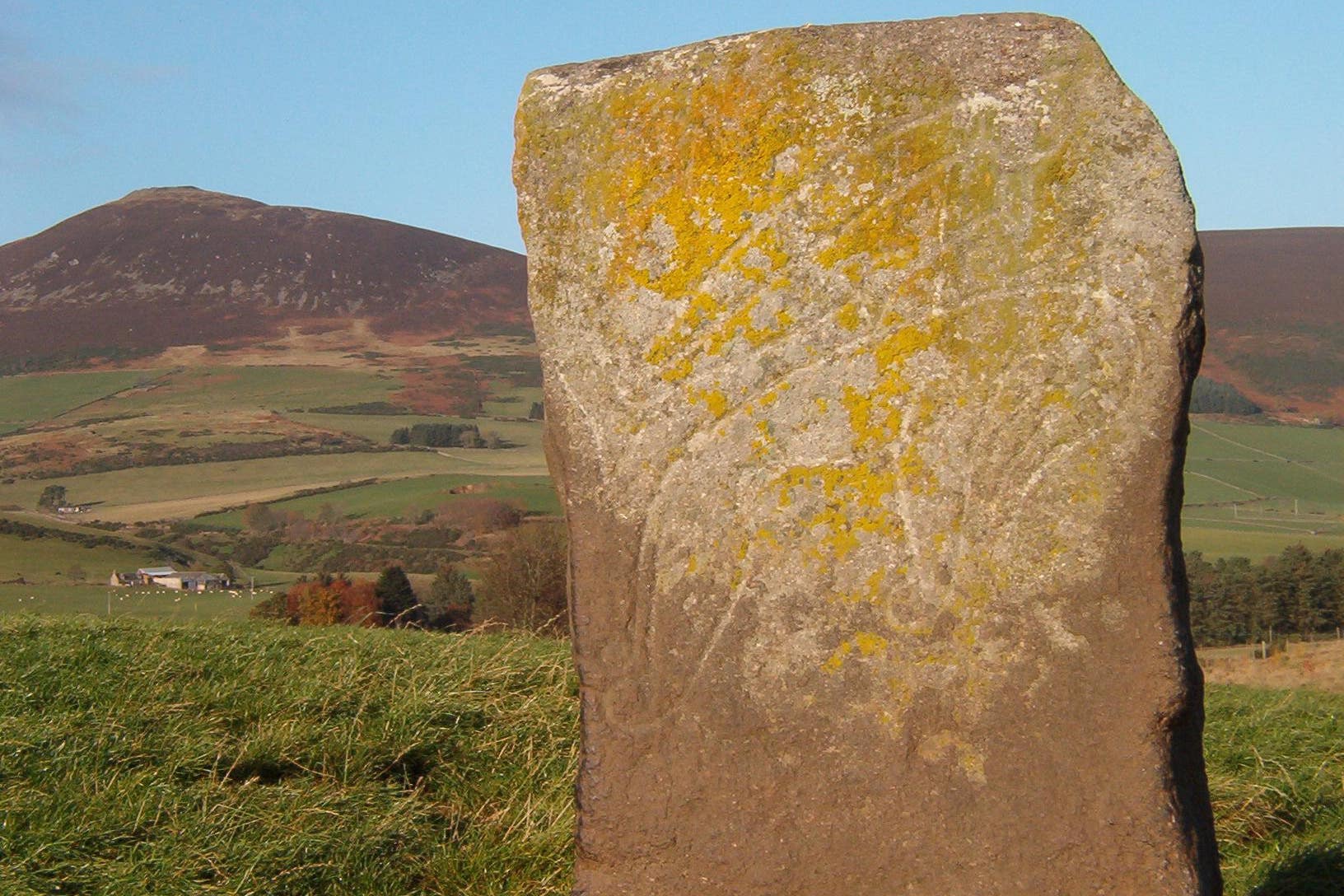New research sheds light on origins of ancient Picts
The research was carried out by Liverpool John Moores University (LJMU) and the University of Aberdeen.

Your support helps us to tell the story
From reproductive rights to climate change to Big Tech, The Independent is on the ground when the story is developing. Whether it's investigating the financials of Elon Musk's pro-Trump PAC or producing our latest documentary, 'The A Word', which shines a light on the American women fighting for reproductive rights, we know how important it is to parse out the facts from the messaging.
At such a critical moment in US history, we need reporters on the ground. Your donation allows us to keep sending journalists to speak to both sides of the story.
The Independent is trusted by Americans across the entire political spectrum. And unlike many other quality news outlets, we choose not to lock Americans out of our reporting and analysis with paywalls. We believe quality journalism should be available to everyone, paid for by those who can afford it.
Your support makes all the difference.The origins of the Picts were local to the British Isles and not from large scale migration from exotic locations in the east, new research suggests.
The study is helping to shed new light on the origins of the Picts, who were first mentioned in the late 3rd century CE as resisting the Romans and went on to form a powerful kingdom that ruled over a large part of present-day north-east Scotland.
Bioarchaeologists have now conducted what is described as the first extensive analysis of Pictish genomes, revealing long-standing genetic continuity in some regions of the British Isles.
Researchers said that in the medieval period, the Picts were thought to be immigrants from Thrace (north of the Aegean Sea), Scythia (eastern Europe), or isles north of Britain, but as they left few written sources of their own little is known of their origins or relations with other cultural groups living in Britain.
The study was carried out by an international team led by researchers at Liverpool John Moores University (LJMU) and the University of Aberdeen.
Dr Adeline Morez, visiting lecturer at LJMU’s School of Biological and Environmental Sciences and lead corresponding author of the study, said: “Our findings support the idea of regional continuity between the Late Iron Age and early medieval periods and indicate that the Picts were local to the British Isles in their origin, as their gene pool is drawn from the older Iron Age, and not from large-scale migration, from exotic locations far to the east.
“However, by comparing the samples between southern and northern Pictland we can also see that they were not one homogenous group and that there are some distinct differences, which point to patterns of migration and life-time mobility that require further study.”
The researchers used Identity-By-Descent (IBD) methods to compare two high-quality Pictish genomes sequenced from individuals excavated from Pictish-era cemeteries at Lundin Links in Fife (Southern Pictland) and Balintore in Easter Ross (Northern Pictland) to those of previously published ancient genomes as well as the modern population.
The analysis of mitochondrial genomes from Lundin Links also provided an insight into another theory about the Picts – that they practised a form of matriliny, with succession and perhaps inheritance going to a sister’s son rather than directly through the male line.
Researchers said that in a matrilocal system they would expect to find females staying in their birthplace after their marriage and throughout their life.
Among the peoples present during the first millennium CE in Britain, the Picts are one of the most mysterious
However at Lundin Links, diversity in the maternally inherited mitochondrial DNA suggests this was not the case.
Researchers said this finding challenges the older hypotheses that Pictish succession was passed along the mother’s side and raises further questions about our understanding of Pictish society and its organisation.
Co-author Prof Joel D Irish, of LJMU, added: “Among the peoples present during the first millennium CE in Britain, the Picts are one of the most mysterious.”
“Their distinctive cultural features such as Pictish symbols and the scarcity of literary and archaeological sources resulted in many diverse hypotheses about their origin, lifestyle and culture—to culminate in the so-called ‘Pictish problem’.”
Dr Linus Girdland Flink, University of Aberdeen and Visiting Research Fellow at LJMU, explained: “Our DNA results show that individuals from western Scotland, Wales, Northern Ireland, and Northumbria display a higher degree of Identity-By-Descent (IBD) sharing with the Pictish genomes, meaning they are genetically most similar among modern populations.”
The study is published in the open access journal Plos Genetics.